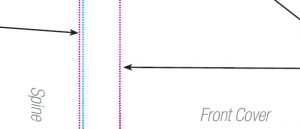
As an independent author who also publishes his own work, one part of the process to bring books to market is the creation of appropriate covers. From what I have read on message boards, this seems to be one of the most daunting tasks for many writers. In addition, it is also one of the areas where many writers truly fail, in my opinion.
The importance of a quality cover cannot be overstated, and I am sure you are well aware of that. After all, it is the first point of contact between you and a potential reader. Whether the customer is browsing the shelves at a local book store or the virtual shelves of an online retailer like Amazon, the first thing they see is a book’s cover. If it doesn’t intrigue the reader, you have already lost a sale.
If the cover manages to get the person interested — and only then — will they go on to hopefully read the description that gives you the opportunity to capture them with the magic of your words.
Clearly, it could be argued that the price is on par in importance with the description, as some books clearly price themselves out of the market by simply being too expensive or too cheap. Too expensive is easy to see, but if too cheap sounds like an oxymoron to you, you may be interested to find that I, for example, never look at free books and will be only marginally interested in 99 cent product, unless it comes with a personal recommendation.
To me it has something to do with perceived value and projected quality, among other things, and I know it is a highly controversial topic, so let’s leave its discussion for some other day.
Undeniable, however, is the fact that the cover is the single most important element of a book to attract potential readers who have never come across your work before.
Good covers pose a major problem for many writers for a number of reasons, foremost among them is the fact that writers, by definition, write and do not have the ability to create graphic artwork. It is an entirely different profession that requires entirely different skill sets.
In addition, good covers aren’t easy to create and they don’t come cheap, as it involves two distinct elements — or professions, if you will.
First you will need a cover artist, who will create the actual image — hence the word artwork — used on the cover. Depending on the genre of your book this may be more or less of an issue. Traditionally, fantasy and horror books have made use of some breathtaking cover art that has been painted to spec. Artists who specialize on this kind of artwork are not cheap. Other genres, such as thrillers, are usually not using specific artwork and instead rely on stock photography and graphic design.
Then comes another layer entirely, the graphic design and layout of the cover. Though people have a tendency to confuse and interchange the terms, there is actually a difference between the cover art and a cover’s graphic design. The cover art refers only to the actual image that is being used, while the graphic design refers to the cover as a whole, which includes the artwork as well as the lettering and logos, for example. The key element of the graphic design, however, is the assembly of all these elements into an attractive package, determining proper font sizes for titles, the font faces in use, the font color and the placement of all elements in relation to each other.
Most of the time when people talk about cover artists they actually mean to talk about graphic designers.
As you can see, this is not an entirely straight-forward or simple process and yet, many independent authors decide to create their own covers despite the fact that they have virtually no knowledge or skill in that field. The fact that you know how to operate Photoshop does not qualify as a real skill in the sense of graphic design, just as a first-grader who mastered his alphabet is not likely a novelist… yet. Of course, it can all be learned, but I have seen all too many writers jump into their cover creation without giving it a lot of thought.
Just keep in mind that there are a lot of dynamics at work in a well-designed book cover. It is more than two lines of text slapped together with an image. Experts in the field have spent years to learn and understand the rules and psychology that make one cover more effective than another. To think that just about anyone could shake the same results out of their sleeves is almost preposterous.
One common argument I come across a lot is that of cost. Independent authors often don’t have enough money to pay for a professionally created cover.
While that may be true, it should never be an excuse for you. If you want to be taken seriously as a writer, you, in turn, have to take your craft and your products seriously. You would not buy food from a company that wraps their wares in old newspaper and labels them with colored crayons, either. If you expect people to trust you and spend money on your product, it is crucial that you make a professional effort, and in our case, this means, a solid cover.
If you cannot afford an artist or graphic designer to create a cover for you there are generally two options. You can look around and solicit people you may know. Maybe one of your friends has the skills necessary, or maybe you can find someone on the Internet.
There are graphic designers out there who have specialized on creating inexpensive covers for indie authors. Some of them do a great job for very limited budgets. In addition, you can try to peruse services like eLance to locate artists who will match the style — and hopefully budget — you are looking for.
If, in the end, you still can’t afford a professional cover, maybe you should even consider postponing the release of your book until such time when you can afford it. You will be seriously diminishing the value of your book, and with it its chances for success, without a proper cover, and as a result you won’t be making money off it either. By holding the book back, you will instead give it the chance to properly shine on the day you might finally find or afford a professional, and ultimately this alone should be worth the wait.
You only have one chance to make a first impression, so don’t take it lightly. Make sure your cover is the best it can be — not only in your eyes, but in respect to the entire market, including the major publishers. Good enough is never good enough. A cover has to be great to succeed.
Get an Editorial Review | Get Amazon Sales & Reviews | Get Edited | Publish Your Book | Enter the SPR Book Awards | Other Marketing Services





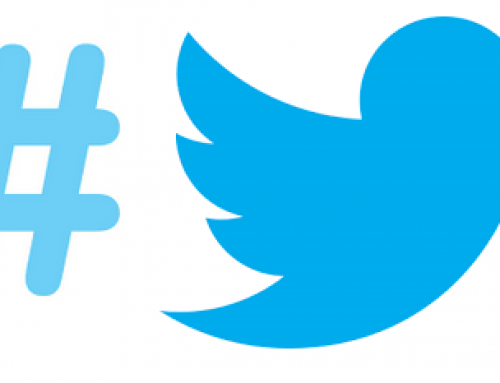

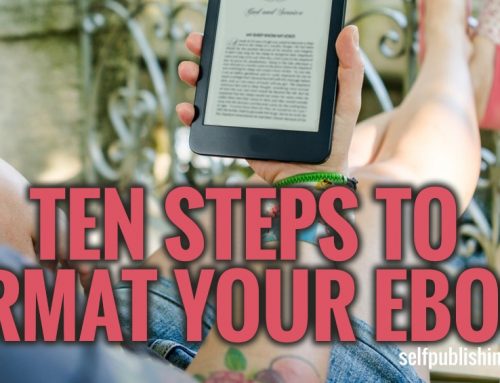
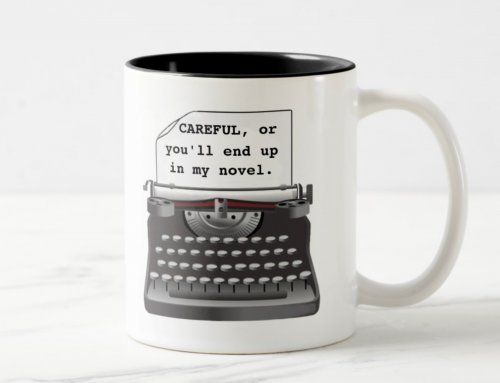
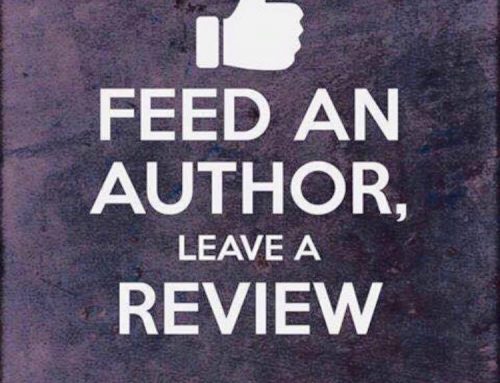

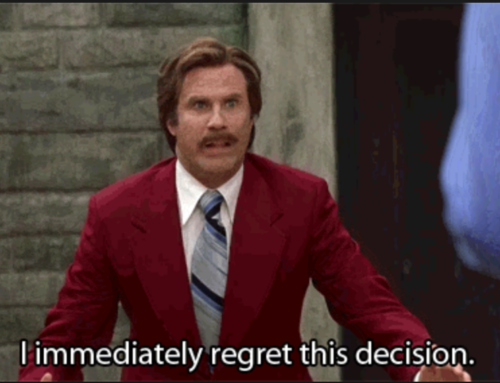
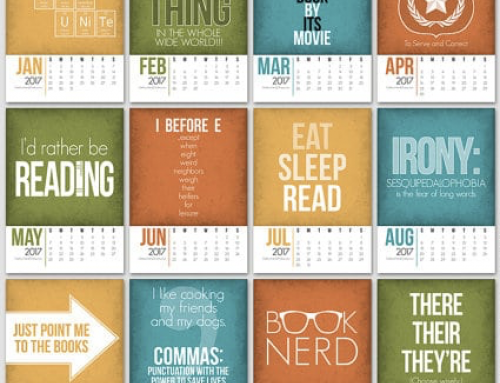

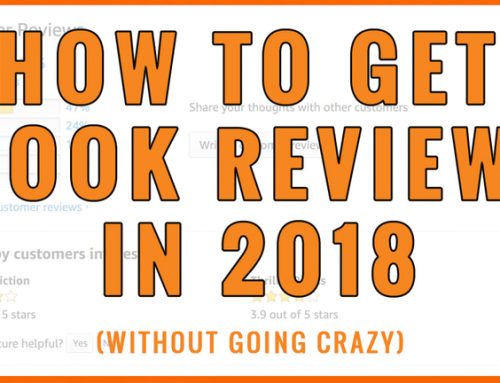




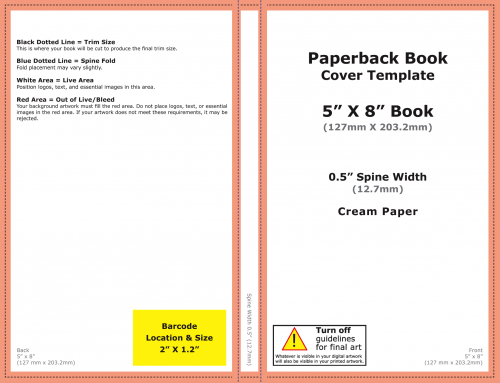
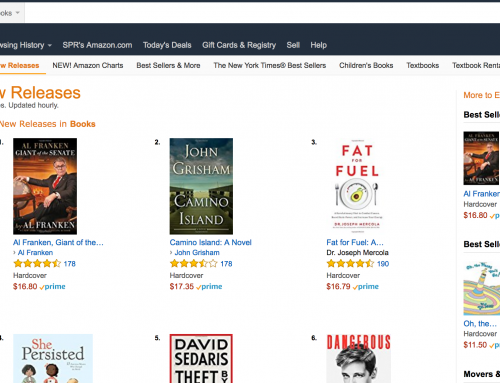
Have a look at http://www.pimtim.com – it’s a marketplace for graphic designers from all over the world. As a customer in need of a design, you can enter all the information and requirements you want and set your price. After that, various designs will be posted and using various feedback mechanisms (voting, commenting) you can communicate with the designers. I used pimtim already for a number of logos and book covers.
Guido, your blog is well-written and highly informative. Wiebe, thanks for the tip. I have a question. Lulu did my book cover, and I’m very pleased with it. How can I tell, though, whether it’s also a “quality” or “well-designed” book cover, or something prospective readers will dismiss at a glance? Is there someplace where I can find specifications for the various genres?
Ron, thanks for the heads-up. Covers are, naturally, a matter of personal taste, so it is hard to say one is better than the other.
I looked at yours from “Promised Valley Rebellion” and here’s what I would have to say – though keep in mind, that I am not a pro. The cover is not bad but it looks a little crude with the solid maroon strip running across.
The cover gives me the impression that the book is about some idyll that is going to be destroyed by modern day land developers. So, I go on to read the description and, oooops, that’s not at all what the book is about. It is about prehistoric farmers. So, here you have your first problem. The cover does not have a time anchor, nothing that gives the viewer an idea what time period to expect.
Next I read that this is some kind of a story with love and revenge and warring factions against a king. I did not get ANY of that in the cover.
So, not to make this unnecessarily log, while from a technical standpoint, the cover is not immediately “bad”, I have no doubt that the lack of visual information about the time, story, conflict, etc will make a lot of people overlook the book.
From the cover alone it would have been nothing I’m interested in. After reading the description, it is. I would have never discovered the book on my own, and my looking closer at it is only because of your comment.
So, I think with a different, more focused, cover you could actually target your audience much better.
Good post. I agree the cover is a very important element in the sale of a book. May I add one point to your comments? Cover designs today must take into consideration that traditional book covers and ebook covers are presented in two different environments.
I am in the middle of a study of ebook covers and one of the first conclusions that can be made from the study is that many cover designs don’t work in on the online retail world. The thumbnail presentation adds some unique problems to cover design that need to be addressed.
Picture a reader with their Kindle going online to purchase an ebook for instant delivery. They are faced with a black and white cover that they can hardly read the title or the author’s name. And then Amazon places their logo over the bottom corner of the image.
Out of the 100 covers included in the study, 35% of them you can’t read the title and/or the author’s name.
You can follow the progress of the study on my site under the topic:
eBook Cover Study – Can you really till the quality of an eBook by its cover? http://www.hbspub.com
Your post should be read my all indie authors and cover designers who are going to take on the task of developing a good, marketable cover.
You are absolutely right, James. Additional factors are becoming increasingly importance.
For my “Jason Dark” series, for example I have different covers for the print and the eBook versions for the very reason you pointed out. In order to make sure the covers would work properly as thumbnails, I had them redone to be more focus and make sure the key elements remain intact, while in the print version I’ve been striving much more for a highly detailed, serialized look.
I’m thinking about touching upon such things in another write-up some other time, perhaps.
i have merged your post reference into the next segment of the cover study. the segment will be references to quality postings from bloggers in the ebook field that contribute to ebook author’s product. i will come back to you for a direct quote for the study with links back to your site. the final product will be a free ebook about covers for ebook authors. thanks.
Thank you. I appreciate that very much.
Guido, thank you for looking at my cover and for your comments on it. Your points answer some of the questions I had. I perhaps erred in assuming that the “Promised” in the title, as in “promised land,” would indicate that this story is set deep in the past. Thanks again for taking the time to do what you did.
Guido, prior to me becoming a writer. I was in the graphic design industry as an entrepreneur. I designed my eBook cover myself. Do you mind going to my fan-page and letting me know what you think? I’m willing to help out new authors for a small fee if needed with the design of their covers.
Tyrone, I am really no expert on this, but here’s what I think. The first impression is a very good one. The contrast works nicely, the colors are rich and inviting.
However… I would have probably chosen a bolder font, something sans serif, just so that the font itself has a bit more meat. I would also work on the flag a little that is used to texture the font, just to make some of the darker areas a little lighter. Right now, these parts make the font unnecessarily dark in some corners.
Also, at first I could not see that there’s actually a photograph behind the font because it is so dark. I had to look at a large version of the image to notice it. Maybe it would be a good idea to take the picture and isolate it. Make it more important. Maybe, make it look like it is a paper photograph, complete with white border and all, and insert it smaller somewhere on the page.
Again, I’m not an expert and these are just ideas that had when looking at the cover. As I said, overall, it makes a great first impression, definitely.